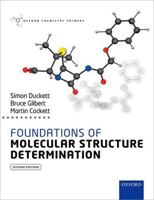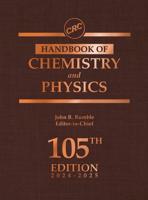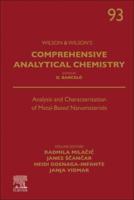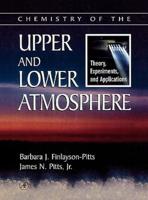Publisher's Synopsis
This is an attempt to bridge the gap between rigorous theory and chemical phenomenology, using as a link physically meaningful models that are both intrinsically approximate and yet capable of reproducing the most important features of the studied system or phenomenon.;The book commences with a discussion on the basic notion of molecular structure, and examines experimental, theoretical and combined approaches in estimating the geometric parameters of molecules. It also elaborates on some novel theoretical treatments of chemical bonding and reactivity, emphasizing concepts and high-lighting the simple theory of metals, alloys and intermetallic compounds.;A large section is devoted to the spectroscopic studies of the electronic structure of molecules, concomitant with the important role of spectroscopy in revealing the finer details of the electronic charge distribution in molecules. The book closes with an account of the pharmacological and biochemical properties of molecules which are important to life processes.;A highlight of this work is a lead article by Nobel Laureate Linus Pauling, together with Z.S.Herman.









